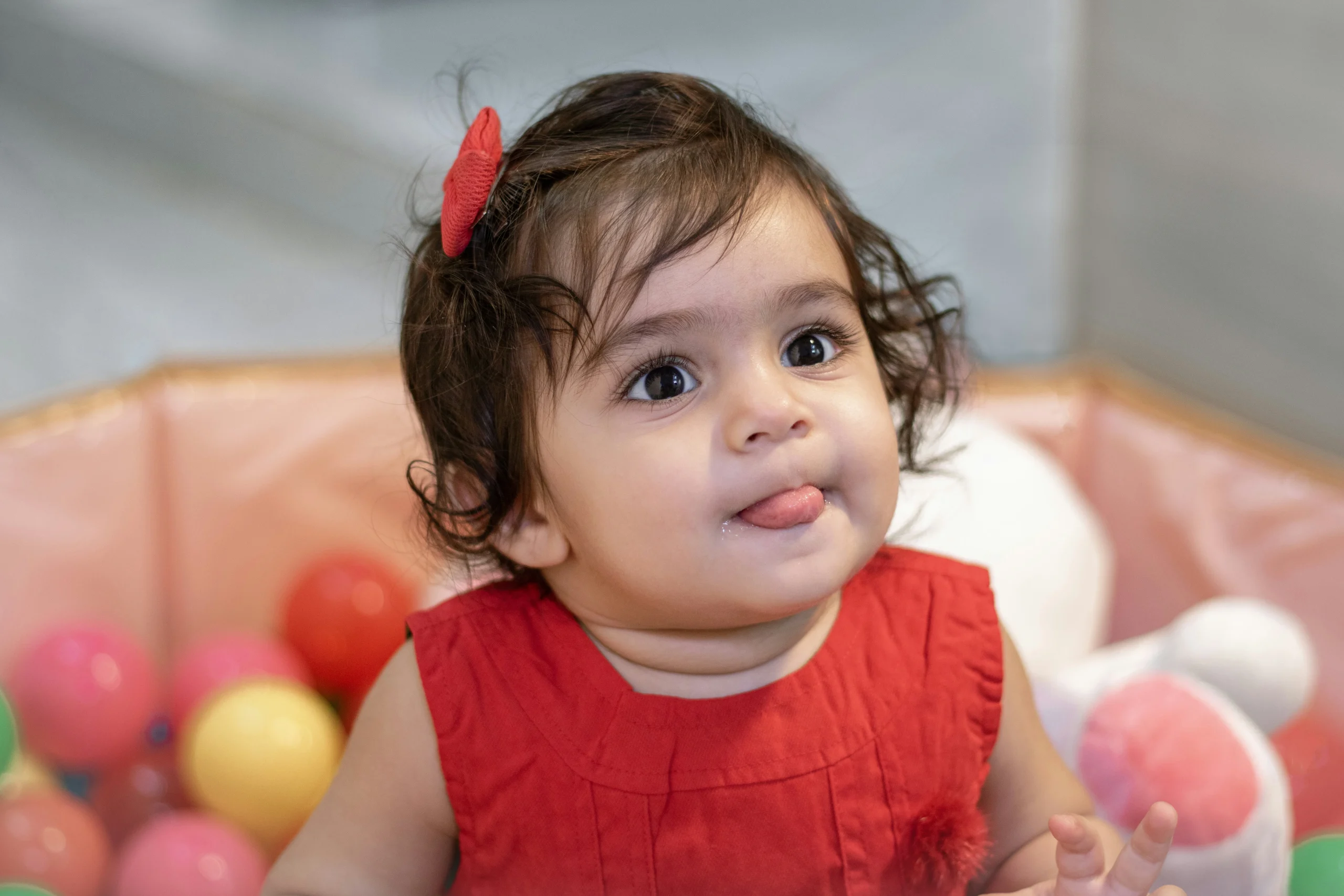I pull into the fertility clinic parking lot just as the sun begins to rise, joining the morning rush of women sprinting from the elevator to the clinic—an eager group racing to sign in for their daily blood tests, ultrasounds, and consultations.
I avoid the bustling crowd, opting to get my blood work done first since this line moves the fastest. Normally, I’d faint during blood draws unless I’m lying down, but considering the countless tests ahead, I decide to brave it while sitting up like a champ.
“Wait!” I call out just as the nurse preps the needle. “I think I should lie back. Sorry!” She graciously adjusts the chair, pointing to a red button on the wall.
“If you happen to pass out, don’t worry; that’s the fainting button,” she reassures me with a smile. “Just press it, and another nurse will come running.”
“Seriously?” I ask, half-laughing.
“Seriously.”
I find comfort in the idea of a fainting button—not just its efficiency but also the fact that it means I’m not the worst patient here, maybe just the second worst. I resolve to avoid needing that button pressed.
Moving on to the ultrasound waiting room, I’m called into a smaller area when my number, 33, is announced. This isn’t just any ultrasound; it’s a transvaginal one. As I watch the nurse ushering women into different exam rooms, it hits me that she’s already seen 33 vaginas this morning. All before 9 a.m! I can’t help but wonder how many times she’s seen mine. Is it 6? 7? 10? I hope there’s nothing so peculiar about it that would make it memorable.
“What if mine doesn’t look like everyone else’s?” I fret to my partner, Mike, when we regroup in the doctor’s office. “What if it’s particularly ugly?”
“You don’t have to worry about that,” he replies, which I find oddly sweet.
After a consultation with the doctor, we meet with a nurse who kindly shows Mike how to give me hormone shots for my egg retrieval, which is referred to as “stims” in the fertility community. The nurse is incredibly patient, guiding us as Mike takes notes. As I lift my dress for the injection, I can’t help but feel a pang of embarrassment—$4,000 is going straight into my backside, and it won’t even look better!
The hormones are making me feel, well, hormonal. I’m crampy, my backside is sore, and I have a headache that no amount of Tylenol seems to alleviate. While I try to distract myself by watching a show, I’m overwhelmed with emotion, tears streaming down my face as I soak my cat who’s curled up in my lap. I reflect on the future, feeling time slipping away as I lay on the bathroom floor, nauseous and crying about a baby I’m not yet pregnant with and a writing career I don’t have.
During my mother’s last days battling cancer, she faced her decline with such grace and strength. I aspire to handle my own struggles with that same emotional elegance, but right now, my tears feel anything but dignified. I imagine her saying, “I faced cancer, and you can’t handle this? Making a baby?!”
At a family dinner, my wise 11-year-old niece, Lily, notices my anxiety and gently takes my hand. “You’re alive, Aunty Jess. Just enjoy it.”
Is it really that simple? I tuck her words into my heart, reminding myself of how lucky I am to have my family, my friends, and the support of my husband. I think about how fortunate I am to love Mike, who takes time out of his busy day to talk to me and even massage my sore backside post-injection.
These tests and treatments will eventually be part of our story—a tale we navigate together, much like we did through my mother’s passing, home repairs, and unexpected vet visits. One day, we’ll reminisce over dinner, and I’ll laugh, “Remember when you had to inject me in my backside?” And our future child will chime in, “Dad, gross!”
This journey, while challenging, is woven with moments of gratitude and love.
